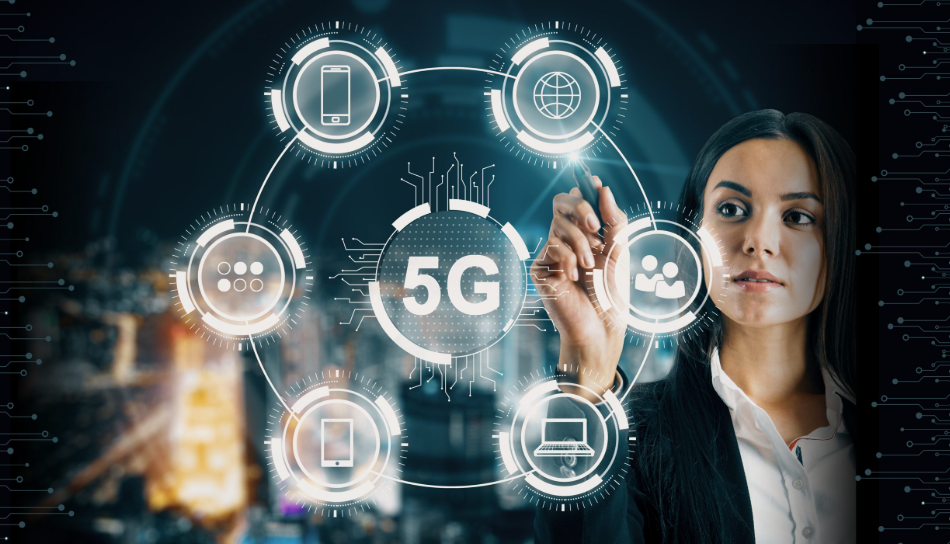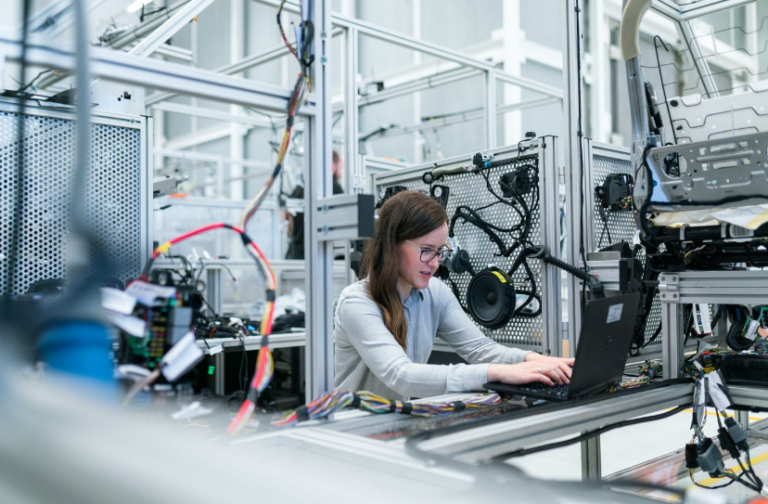How 5G Is Revolutionizing Connectivity and Communication
The advent of 5G technology marks a significant shift in connectivity and communication paradigms. Its ability to deliver high-speed, reliable networks facilitates advancements across various sectors, including healthcare and transportation. As devices become increasingly interconnected, the implications for smart cities and the Internet of Things (IoT) become apparent. This transformation raises critical questions about the future of communication and its broader societal impacts. What changes lie ahead as 5G continues to evolve?
The Impact of 5G on Everyday Life
The advent of 5G technology is poised to significantly transform everyday life, impacting various sectors and daily activities.
Enhanced connectivity will facilitate remote work, enabling seamless collaboration and increased productivity across diverse fields.
Additionally, 5G’s high-speed capabilities will revolutionize digital entertainment, allowing for immersive experiences and instant access to content.
This technological leap promises greater freedom and flexibility in how individuals engage with their environments.
See also: Exploring the Role of Technology in Sustainable Development
Transforming Industries With 5G Technology
As industries increasingly adopt 5G technology, significant transformations are becoming evident across various sectors.
The integration of 5G enables the advancement of autonomous vehicles, providing real-time data exchange and enhanced safety features.
Furthermore, remote healthcare solutions benefit from reduced latency and improved bandwidth, facilitating remote consultations and monitoring.
These innovations demonstrate 5G’s potential to reshape operational efficiencies and improve service delivery across diverse fields.
Enhancing Smart Cities and IoT Connectivity
While urban populations continue to grow, the integration of 5G technology is pivotal in enhancing smart city infrastructures and improving the connectivity of Internet of Things (IoT) devices.
This advancement fosters robust smart infrastructure, enabling seamless communication within IoT ecosystems. As devices become more interconnected, cities can optimize resources, reduce energy consumption, and enhance the overall quality of life for residents.
The Future of Communication in a 5G World
Advancements in 5G technology are poised to redefine communication paradigms, significantly influencing how information is exchanged across various platforms.
The integration of virtual reality into everyday communication will enhance collaborative experiences, particularly in remote work environments.
This shift promises unprecedented connectivity, fostering an ecosystem where individuals can engage seamlessly, innovate collectively, and exercise their freedom to connect and communicate without barriers, regardless of location.
Conclusion
In conclusion, the advent of 5G technology signifies a monumental shift in connectivity and communication, with projections indicating that global 5G connections are expected to surpass 1.7 billion by 2025. This rapid adoption underscores the transformative potential of 5G across various sectors, enabling enhanced efficiency and innovation. As industries leverage the capabilities of this advanced network, the future promises a more interconnected world, where real-time data exchange redefines interactions, productivity, and user experiences.







